
It’s funny how a simple seed can grow into something beautiful with just a bit of care.
Starting your own garden doesn’t require a lot of space or experience; you just need a few simple ideas to inspire you. From container options to vertical setups, there are plenty of ways to start. You can grow herbs on a windowsill or flowers in a hanging basket.
Even small spaces can become green with a little creativity. Discovering the best ideas can transform your gardening experience and set you on the path to enjoying fresh produce and vibrant flowers.
Want to grow your own food? It’s easier than you think! Try planting seeds in jars or using old containers.
Gardening is fun and teaches you about nature. Start today and watch your garden bloom. Make your space greener with simple steps. Happy planting!
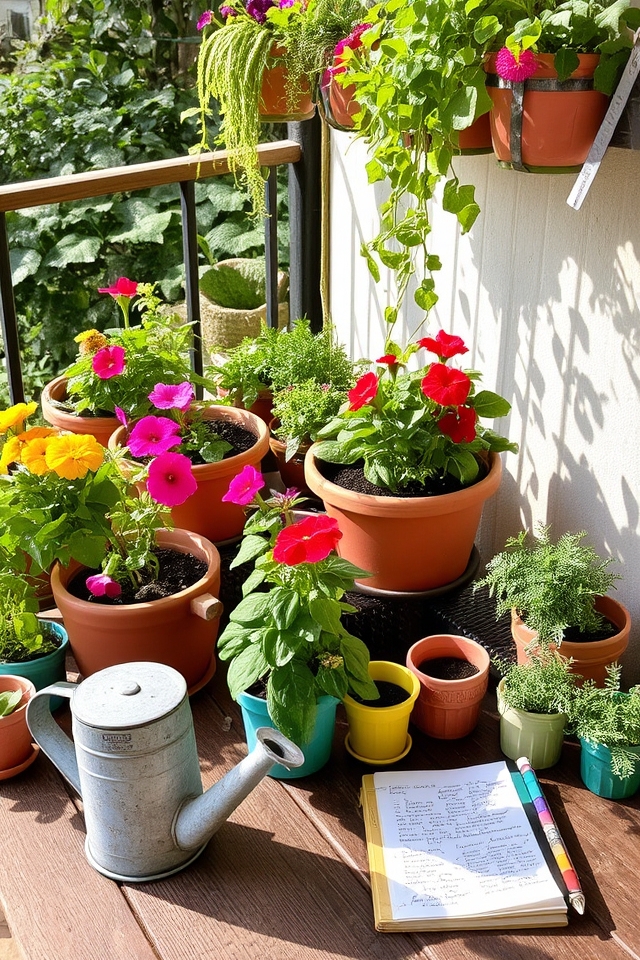
Container gardening is an ideal solution for those with limited spaces, such as balconies, patios, or small yards. Utilizing various pots and containers, you can grow a wide range of plants—from vibrant flowers to fresh herbs and vegetables. This method allows for creativity with plant selection and arrangement, while also ensuring easy mobility and maintenance. With careful selection of containers, soil, and plants, even the smallest spaces can flourish into a delightful garden oasis.
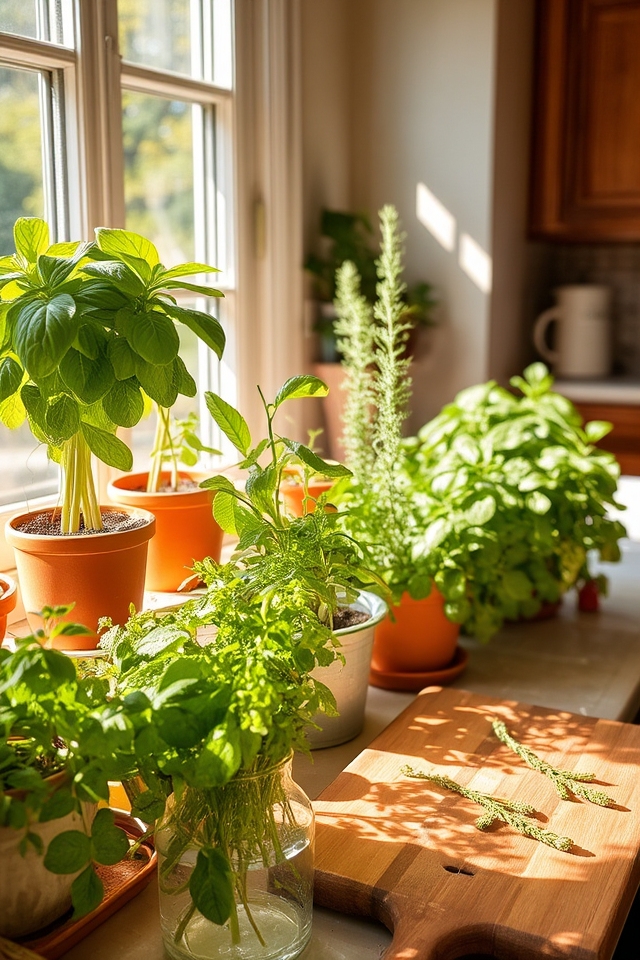
Creating an herb garden on your kitchen windowsill is a fantastic way to incorporate fresh flavors into your cooking while also enhancing your kitchen’s aesthetics. Choose a variety of herbs such as basil, rosemary, and mint that thrive in smaller pots. Make certain they receive adequate sunlight and water them regularly, allowing the soil to drain well. With minimal space required, a windowsill herb garden not only elevates your culinary creations but also brings a touch of greenery indoors.
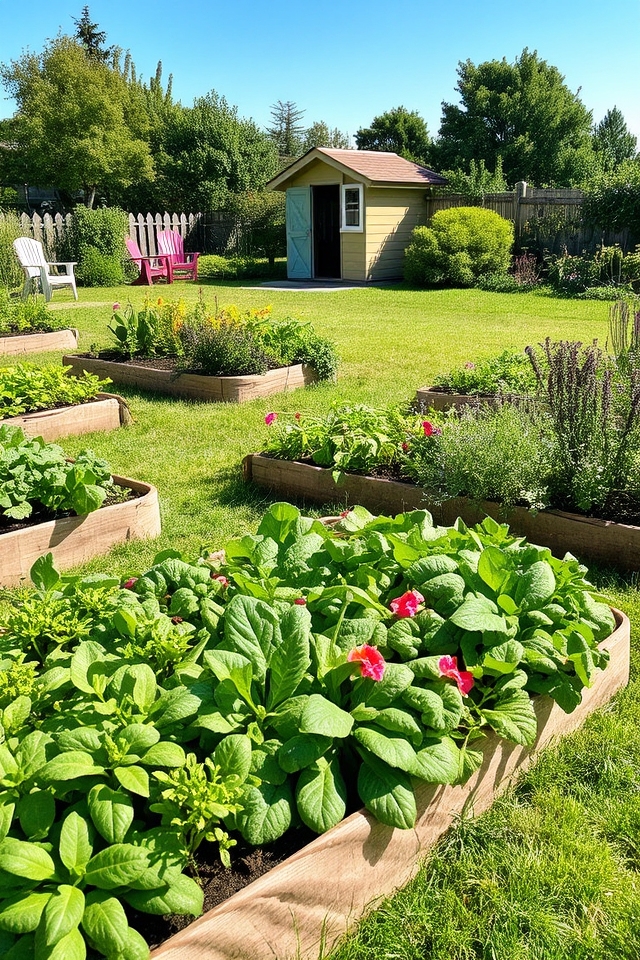
Raised garden beds are an excellent choice for beginners seeking easy access to their plants. By elevating the garden beds, you reduce the strain on your back and knees, making planting, weeding, and harvesting more manageable. These beds also provide better soil drainage and can be customized in size and shape to fit any space. Additionally, they can enhance the aesthetic appeal of your garden while keeping pests at bay, allowing for a more enjoyable gardening experience.
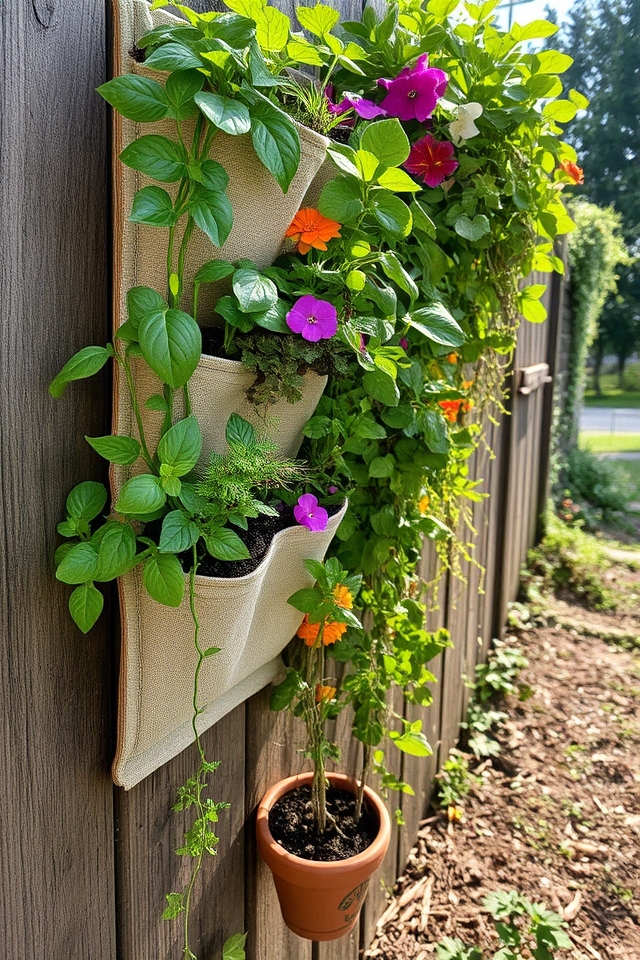
Vertical gardens are an excellent solution for beginners looking to maximize limited space while creating a lush green environment. By utilizing walls, fences, or trellises, gardeners can grow a variety of plants, from herbs to flowers, without occupying precious ground space. Vertical gardening not only enhances aesthetics but also improves air circulation and can even create natural privacy screens. With simple structures like pocket planters or vertical frames, anyone can transform their small area into a vibrant garden oasis.
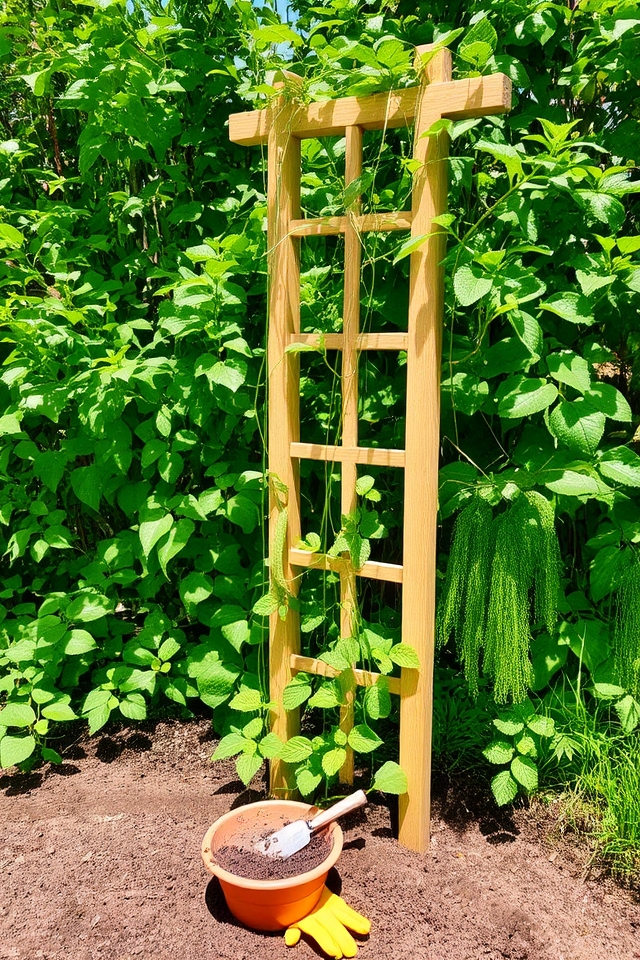
A DIY garden trellis is an excellent way for beginners to support climbing plants while adding a decorative element to their garden. Using materials like wood, bamboo, or wire, you can create a simple and stylish structure that allows plants such as vines or peas to flourish. Start by selecting a sturdy design that fits your space, then secure it into the ground. With minimal effort, your trellis will encourage vertical growth and enhance your garden’s aesthetic appeal.
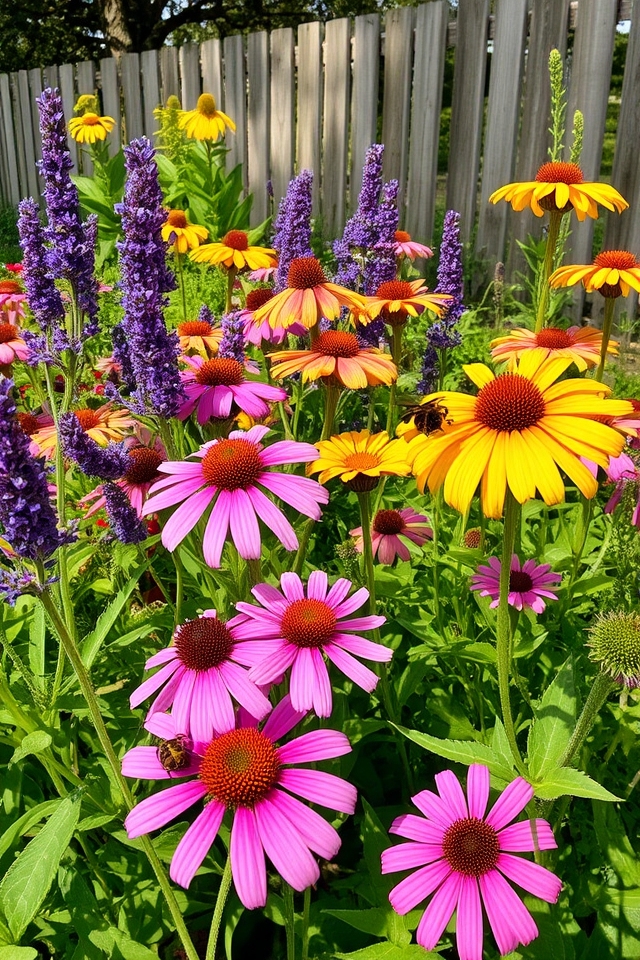
Pollinator-friendly flower beds are an excellent choice for beginner gardeners looking to support local wildlife while adding beauty to their outdoor spaces. By incorporating a variety of nectar-rich plants such as lavender, coneflower, and bee balm, you can attract beneficial insects like bees and butterflies. Choose plants with different bloom times to guarantee a continuous food source throughout the seasons. Additionally, creating a sunny spot with sheltered areas can enhance your flower bed’s appeal to pollinators.
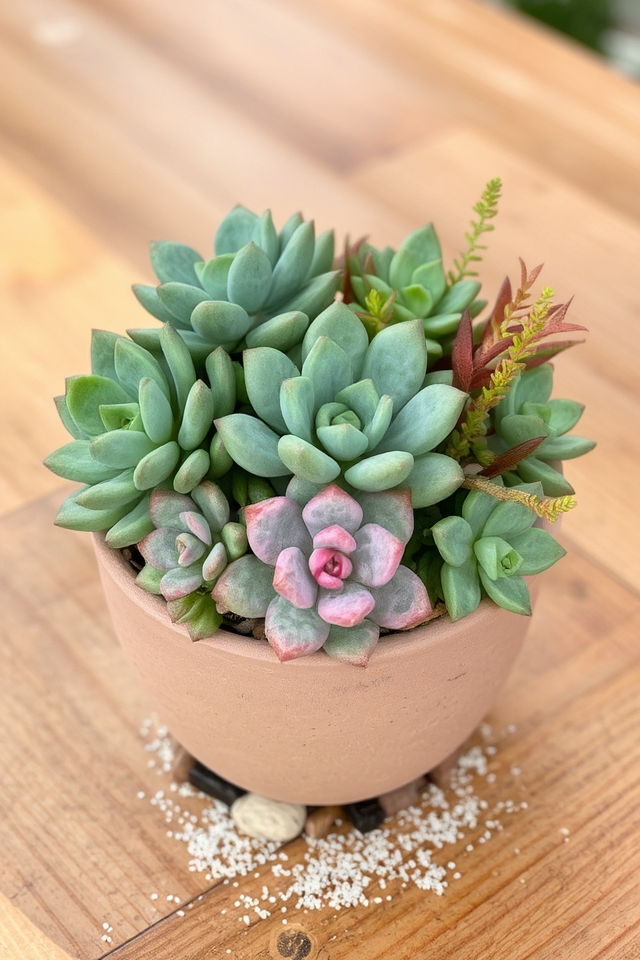
Succulent arrangements are the perfect option for beginner gardeners seeking low-maintenance greenery. These hardy plants thrive in well-draining soil and require minimal watering, making them ideal for busy lifestyles. You can create stunning displays by mixing various shapes, sizes, and colors of succulents in a stylish pot or terrarium. Add decorative stones or sand for visual interest, and enjoy a beautiful, effortless garden that requires little upkeep!
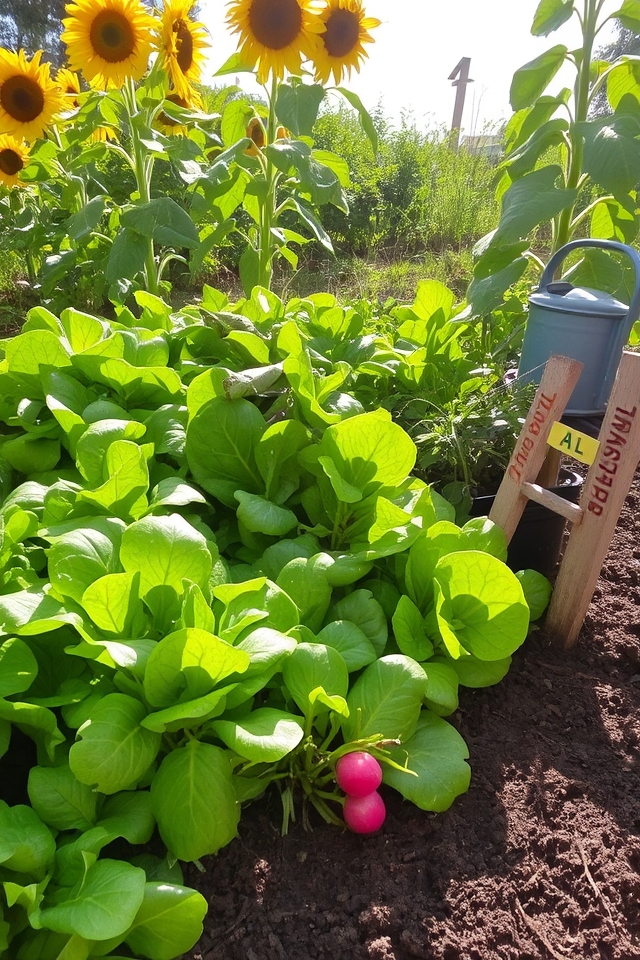
Creating a salad garden with quick-growing greens is a delightful and rewarding project for beginners. Start by selecting a variety of fast-growing seeds like lettuce, spinach, arugula, and radishes. These greens thrive in moderate temperatures and can often be harvested within weeks. Make certain your garden has well-drained soil and adequate sunlight. Regular watering and occasional fertilization will promote healthy growth. Enjoy fresh, homegrown salads in no time, adding vibrant flavor and nutrition to your meals!
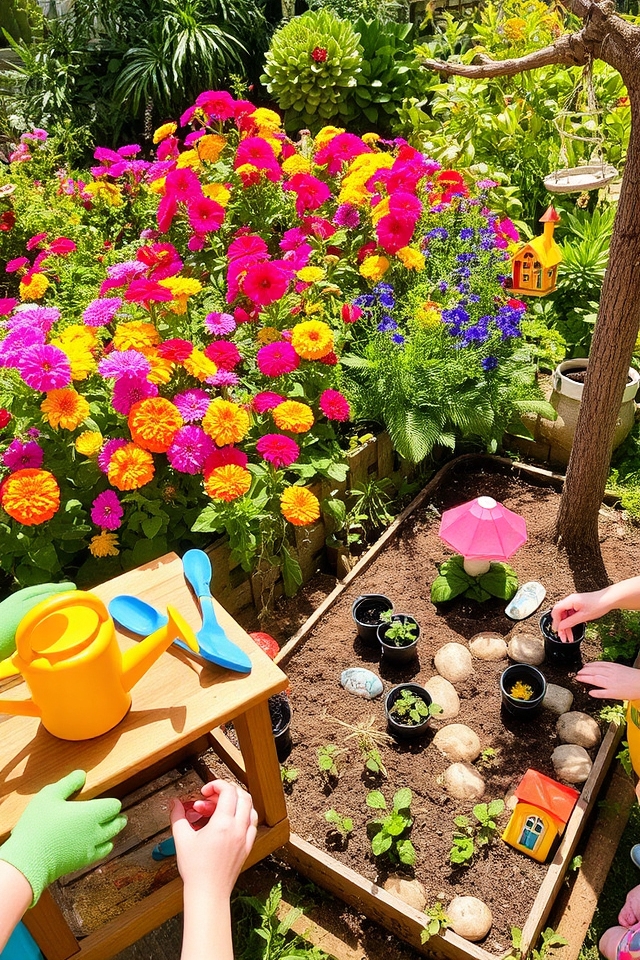
Creating a children’s garden can be a delightful way to introduce kids to gardening while encouraging creativity and responsibility. Fun projects like planting colorful flowers, growing herbs, or even designing a fairy garden can captivate their imaginations. Incorporating elements like painted rocks, DIY garden signs, and butterfly feeders adds excitement. These activities not only engage children in nature but also teach them about plant care, biodiversity, and the joy of watching their efforts bloom.
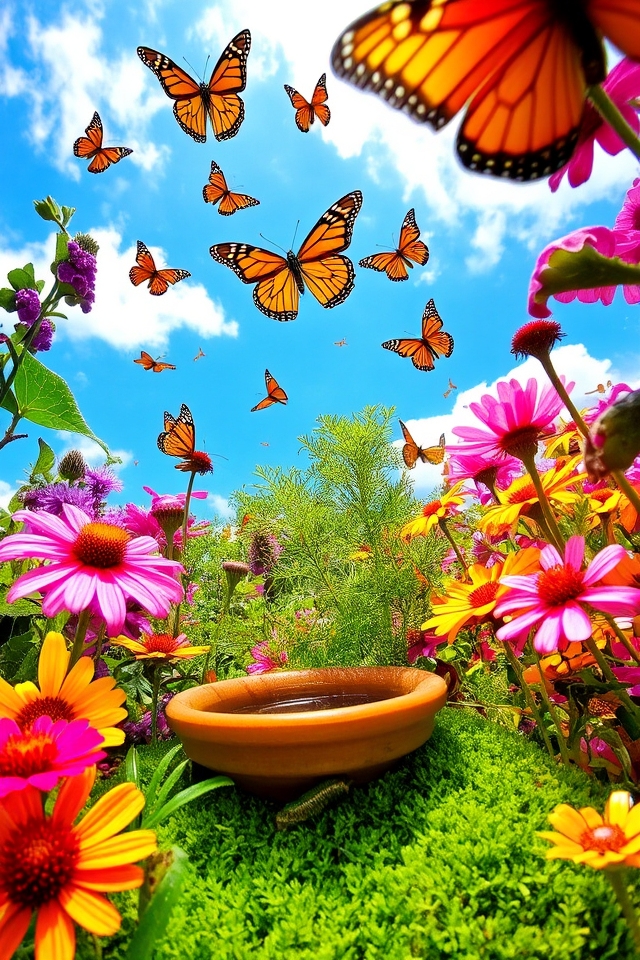
Creating a butterfly garden is a delightful way to attract pollinators to your outdoor space. Start by selecting a variety of nectar-rich flowers, such as milkweed, coneflowers, and lantana, to provide essential food for butterflies. Incorporate host plants like parsley and dill, where caterpillars can thrive. Position your garden in a sunny area, add water sources like shallow dishes, and avoid pesticides to create a vibrant habitat that encourages these beautiful creatures to visit.
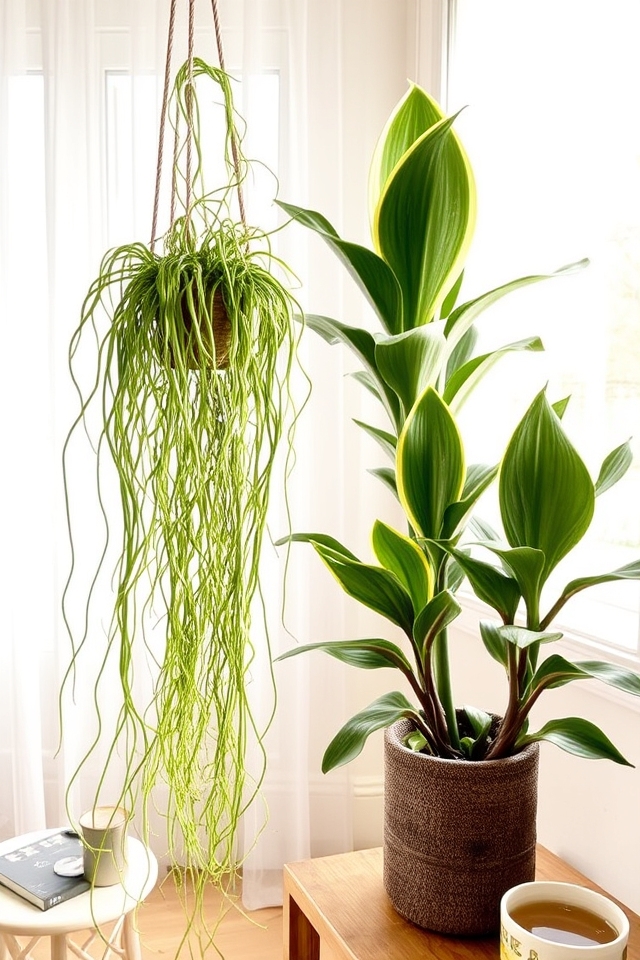
Indoor plants can greatly enhance air quality by filtering toxins and releasing oxygen. Options like spider plants, snake plants, and peace lilies are excellent choices for beginners, as they are easy to care for and thrive in various lighting conditions. Not only do these plants improve the air we breathe, but they also add a touch of nature to indoor spaces, promoting a calming and inviting atmosphere within your home.
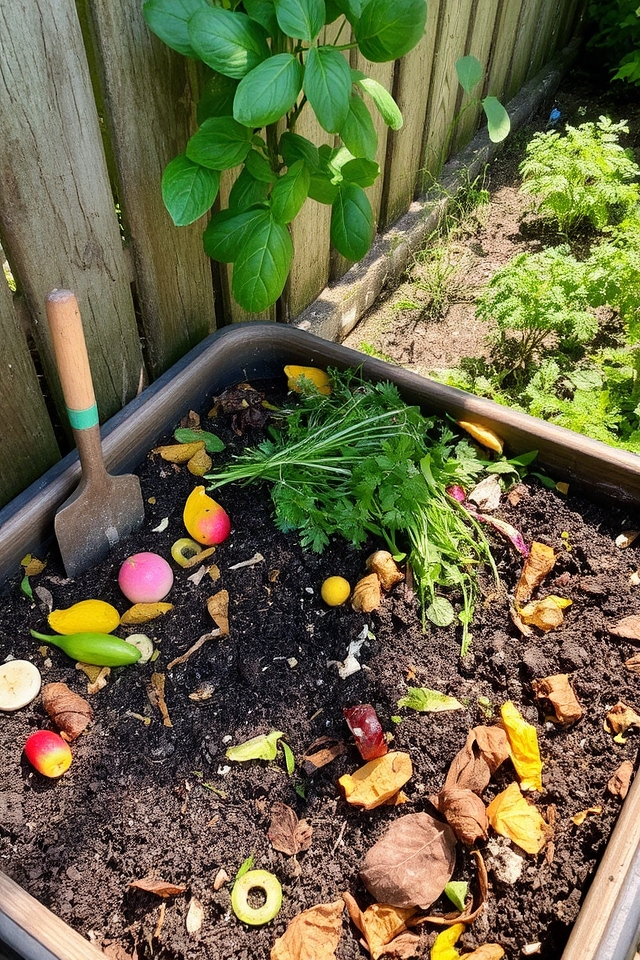
Composting is an essential practice for sustainable gardening, allowing you to recycle kitchen scraps and yard waste into nutrient-rich soil. Start by collecting organic materials like fruit and vegetable peels, coffee grounds, grass clippings, and leaves. Create a compost bin or pile, ensuring a mix of green (nitrogen-rich) and brown (carbon-rich) materials. Regularly turn the compost to aerate it, and within a few months, you’ll have dark, crumbly compost to enrich your garden soil—boosting plant growth while reducing waste.
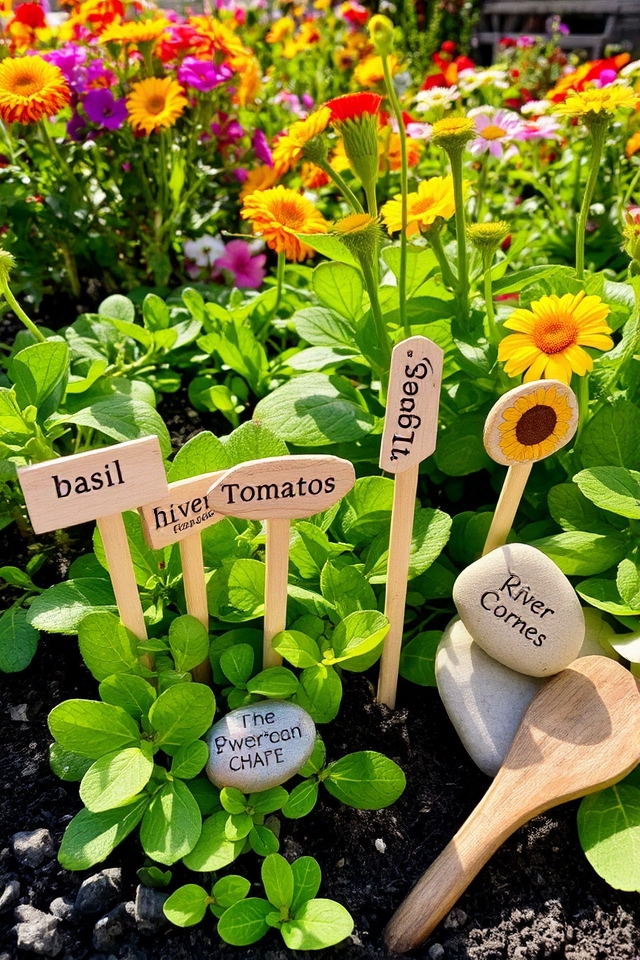
Garden markers serve both functional and aesthetic purposes in a garden. They help keep your plants organized by clearly labeling different herbs, vegetables, or flowers, ensuring you can easily identify each one as they grow. Additionally, garden markers add a touch of style and personality to your garden space. You can create your own markers using natural materials like wood or stones, or purchase decorative options that harmonize with your garden’s theme, making gardening both efficient and visually appealing.

Creating wildflower patches is an excellent way for beginners to embrace gardening with ease and enjoy natural beauty. These vibrant patches attract pollinators, such as bees and butterflies, while providing a colorful display throughout the seasons. Choose native wildflower seeds suited for your region to guarantee they thrive with minimal maintenance. Simply prepare a sunny area, scatter the seeds, and watch as your garden transforms into a lively, eco-friendly haven filled with delightful blooms.
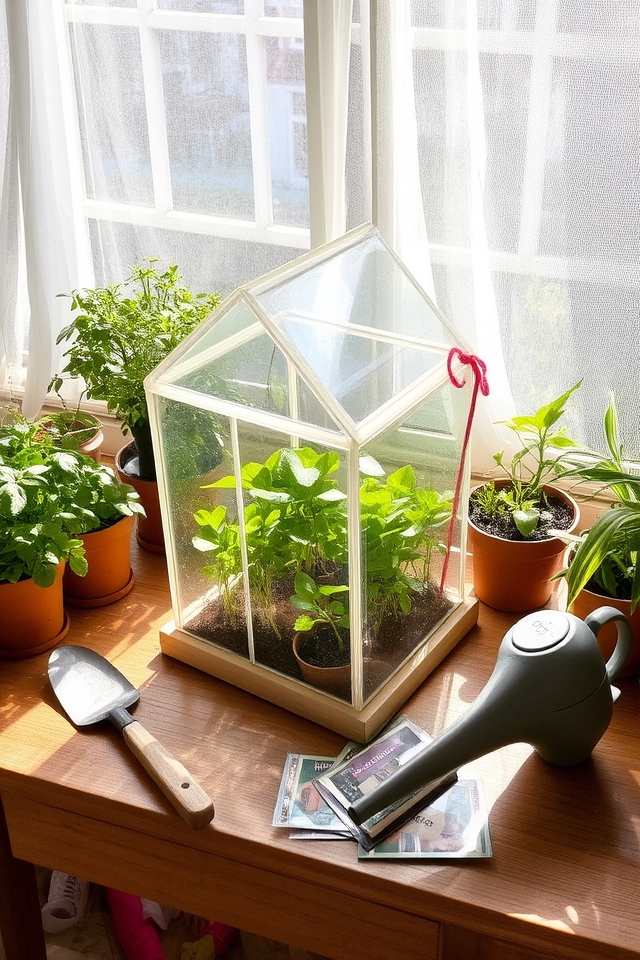
Mini greenhouses are an excellent solution for beginners looking to start seeds indoors or extend their growing season. These compact structures create a controlled environment, protecting delicate seedlings from fluctuating temperatures, pests, and harsh weather conditions. With options ranging from DIY designs to pre-made kits, mini greenhouses allow for ideal sunlight exposure and humidity levels, promoting healthy growth. They are perfect for small spaces, making them a fantastic addition to any beginner gardener’s toolkit.
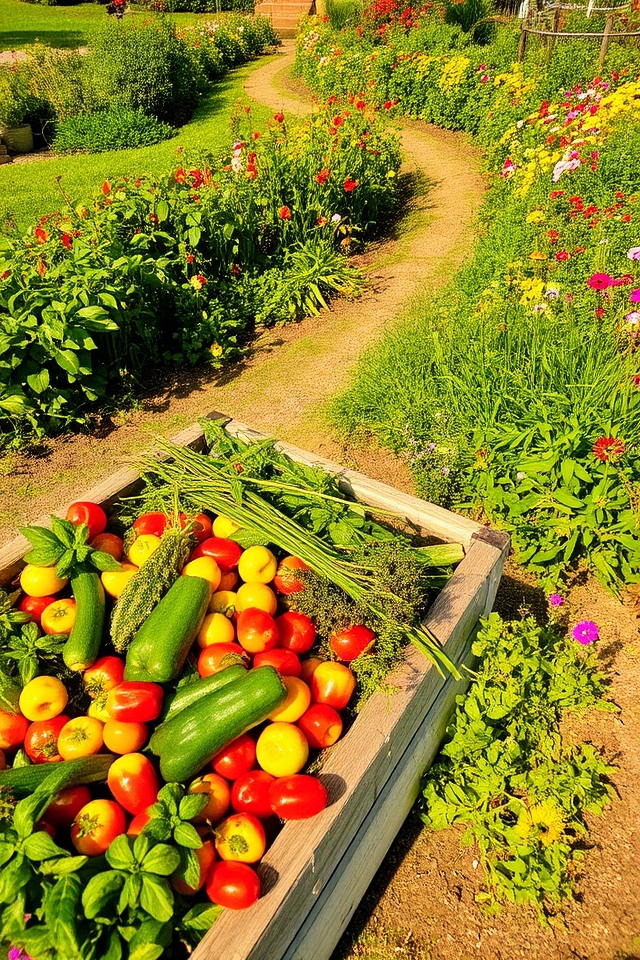
Edible landscaping combines beauty and functionality by incorporating edible plants into your garden design. Beginners can start with colorful fruits, vegetables, and herbs that enhance the aesthetic appeal while serving as food sources. Consider planting berry bushes along pathways, incorporating raised vegetable beds as a focal point, or integrating herb gardens into your flower borders. This approach not only provides fresh produce but also transforms your outdoor space into a vibrant and productive haven.
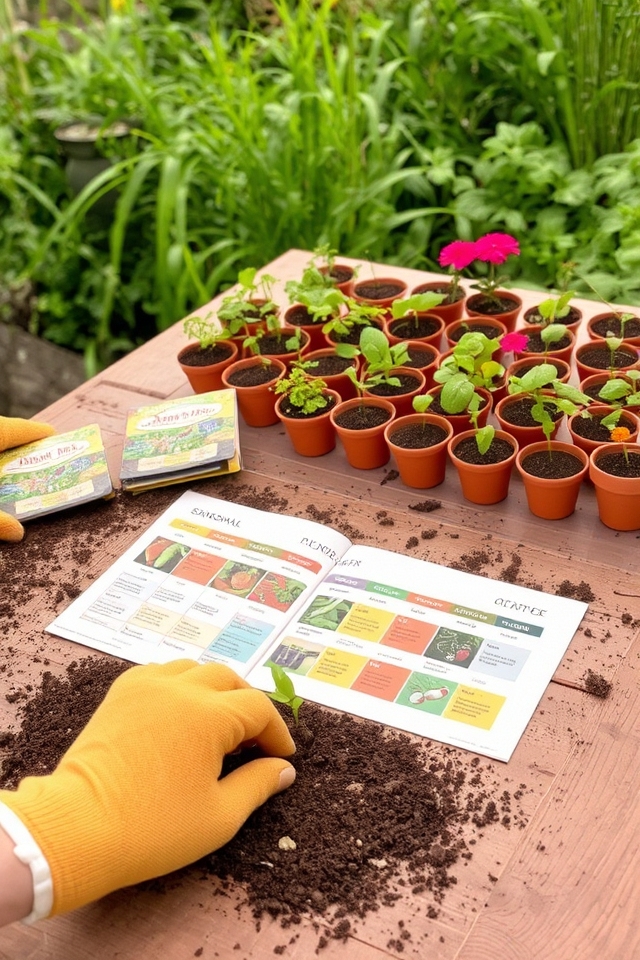
A seasonal planting calendar is an essential tool for beginner gardeners, guiding them on when to sow seeds and plant various crops throughout the year. This calendar outlines the ideal months for planting cool-season and warm-season vegetables, herbs, and flowers based on local climate conditions. By following this timeline, beginners can maximize their garden’s productivity, ensuring better growth and harvest. Shifting from planning to planting becomes seamless, setting the stage for a thriving garden.
Starting your garden journey is like painting a masterpiece—each choice adds color and life to your space. Whether you’re growing herbs on your windowsill or crafting a vertical garden, every step brings you closer to a thriving oasis. Embrace the beauty of container gardening or the simplicity of raised beds; each idea holds the promise of fresh produce and joy. Remember, patience is key, so nurture your garden as it grows, just like you would any cherished project.

Don't let aphids, slugs, and caterpillars ruin another plant. Take back control with simple, natural methods that actually work.